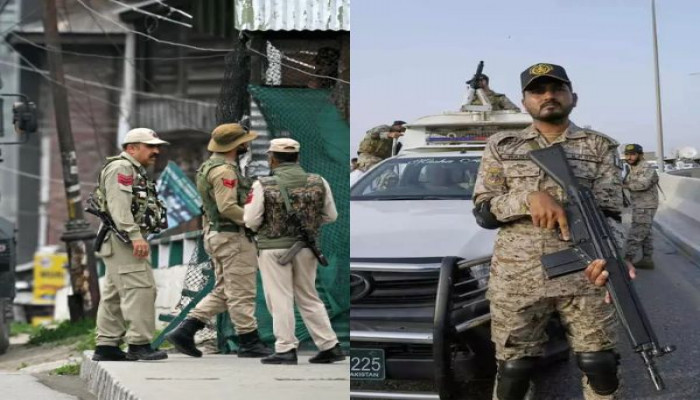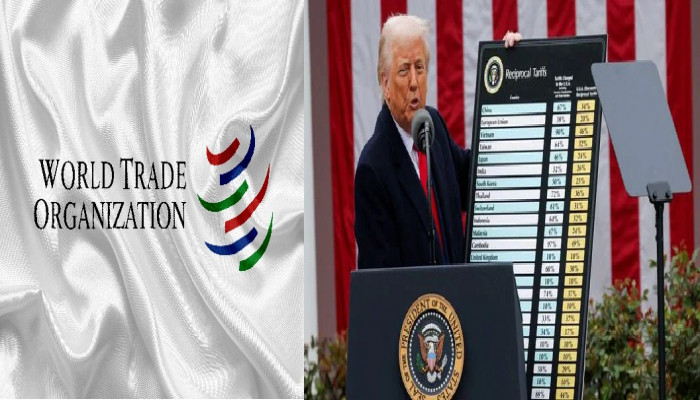Pakistan launches 'Operation Bunyan Marsoos' after Indian missile strikes on airbase
- In Reports
- 06:09 PM, May 10, 2025
- Myind Staff
India and Pakistan fired missiles at each other’s military bases on Saturday morning. This marked the most serious escalation so far, as both sides edged closer to full-scale war.
Pakistan said India carried out attacks inside its territory for the fourth straight night. It said India launched ballistic missiles that hit at least three of its air bases. In retaliation, Pakistan said it began a major military operation named “Operation Bunyan Marsoos” — an Arabic phrase meaning “a structure made of lead” — and targeted at least six Indian military installations.
India, on the other hand, accused Pakistan of starting the attacks. Indian military officials said Pakistan had launched missile strikes on Indian bases and that India responded with its own missile strikes. Both countries launched attacks on targets beyond Kashmir, the region they both claim. This shift marked a sharp and dangerous widening of the conflict.
South Asia’s nuclear-armed rivals have never attacked each other except for the four wars they have previously fought.
Here’s what is known so far about India’s strikes, Pakistan’s counterstrikes, official statements, and the background to this intensifying confrontation.
What happened on May 10, according to Pakistan?
Pakistan said India first launched a wave of drones into its territory, then fired ballistic missiles that struck at least three major airbases.
Nur Khan airbase, near Chaklala, Rawalpindi: This base serves as a key operations and training centre. It hosts Pakistan Air Force commands and supports VIP flights, logistics and transport.
Murid airbase, in Chakwal, about 120km (75 miles) from Islamabad: This is a crucial forward-operating base for the air force and plays a major role in air defence and readiness.
Rafiqui airbase, in Shorkot, Punjab: This base houses fighter squadrons.
What has India said?
Indian Foreign Secretary Vikram Misri held a media briefing and said Pakistan had provoked the escalation. He said India responded only after Pakistan’s actions. Colonel Sofia Qureshi from the Indian Army and Wing Commander Vyomika Singh from the Indian Air Force joined him. They presented India’s version of the events.
Qureshi said Pakistan used drones, long-range weapons, loitering munitions, and fighter aircraft to hit both civilian and military infrastructure. She said Pakistan also carried out drone intrusions and fired heavy-calibre weapons across the Line of Control (LoC), the de facto border in Kashmir.
India said it intercepted and destroyed most of the incoming drones and missiles.
India rejected Pakistan’s claim that it destroyed any bases. It released time-stamped images to prove that the sites remained intact. On Thursday, Pakistan’s military had claimed to have “destroyed” Udhampur and Pathankot.
Indian officials said five people had died from Pakistani missile strikes on Saturday.
As missiles hit targets on both sides, US Secretary of State Marco Rubio spoke with Pakistan’s army chief, General Syed Asim Munir, and India’s Foreign Minister S. Jaishankar. The US State Department said Rubio urged both countries to de-escalate. He also offered help to begin direct talks between the two sides.
Pakistan’s military response came after four days of Indian attacks inside its territory. The Indian strikes followed a deadly April 22 attack on tourists in Pahalgam, a town in Indian-administered Kashmir. Gunmen killed 26 civilians — all men — in that assault. Witnesses said the attackers separated men from women and appeared to target non-Muslims.
India blamed Pakistan-based armed groups. Pakistan denied the charges and called for a neutral and transparent investigation. India refused that request.
India launched attacks on May 7. It hit targets inside Pakistan and Pakistan-administered Kashmir, claiming to have destroyed “terrorist infrastructure” and killed at least “100 terrorists.”



























Comments